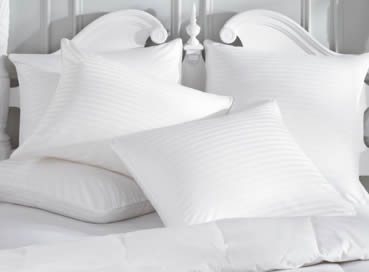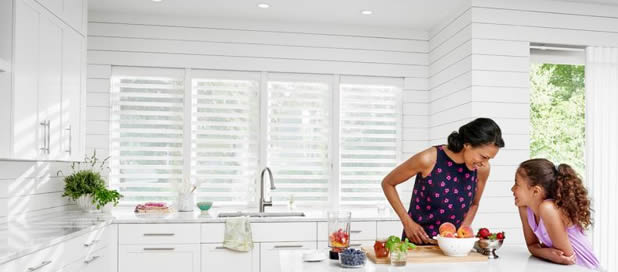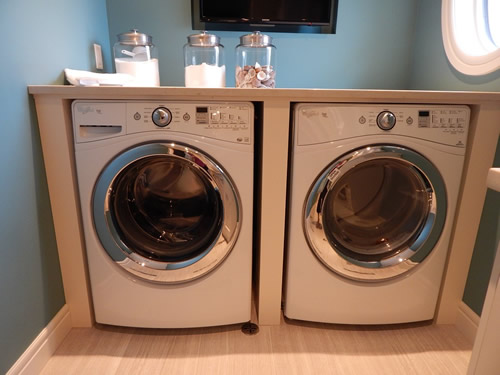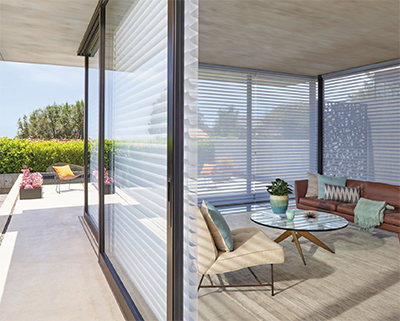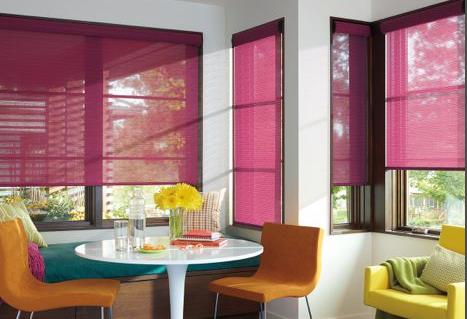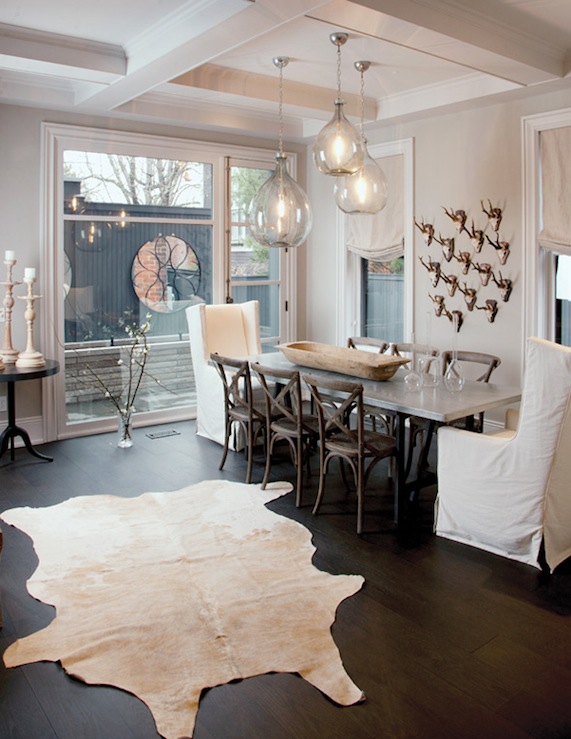Restful sleep is essential to be productive, to feel refreshed, and more. Sleeping with the wrong pillow can hinder restful, quality sleep. The general goal of a pillow should be to keep the head in neutral alignment. This prevents aches and pains the next morning.
There are many types of pillows available for everyone’s preferences and needs. Here are a few of the most common:
Down Pillows
Made from duck and goose feathers, these pillows are light and fluffy. The filaments in the down clusters expand and intertwine, forming air pockets that trap air.
Memory Foam
It seems like everything these days is made of memory foam. Its popularity is due to its ability to mold to the head and neck.
Latex Pillows
These pillows come in two forms: a solid core for a solid feel, or a shredded filling that feels like a down pillow but doesn’t compact over time. The big draw to latex pillows is that they are hypoallergenic, anti-microbial, mildew proof, and dust mite resistant.
After choosing the material of the pillow, buyers need to look at the firmness, and how thick it needs to be. This relies heavily on their body position while sleeping.
Side Sleeping
Those who sleep mostly on their side should look for a firmer pillow that helps keep the spine in a straight line. A firmer pillow will also fill in the distance between the ear and outside shoulder.
Back Sleeping
Sleeping on the back is the best way to keep a neutral spine position, but only if a thinner pillow with medium firmness is used. If the pillow is too thick, it can throw the head too far forward. Throwing a pillow under the knees of a back sleeper helps support the natural curve of their spine as well.
Stomach Sleeping
Although this is the worst position on the back for sleeping, many people find it the most comfortable position. Find a pillow that is almost flat. A thicker pillow will cause neck and back pain in this position.
No matter the pillow, Window Coverings of Idaho can help cover it with custom bedding and pillow cases.

